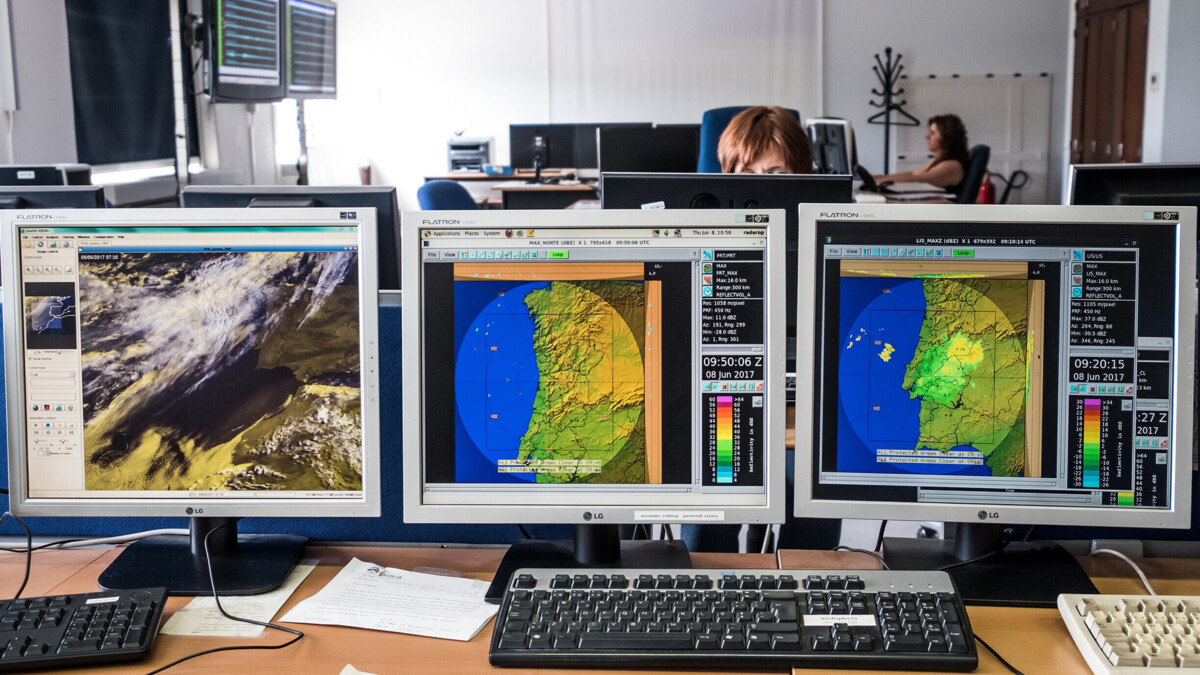StormRic
Furacão
Normas WMO:
A TN é calculada das 18h00 (UTC) do dia «-1» às 18h00 (UTC) do dia «0».
A TX é calculada das 6h00 (UTC) do dia «0» às 6h00 (UTC) do dia «+1».
Os acumulados de precipitação são calculados das 6h00 (UTC) J “0” às 6h00 (UTC) J “+1”.
A hora UTC de referência varia consoante o país. Na Bélgica ou em França, é das 6h às 18h UTC, pois a temperatura máxima, tanto no verão como no inverno, é por volta das 14h30 UTC.
É fácil compreender a escolha das 9h00 para Portugal.
Bon weekend
"Os acumulados de precipitação são calculados das 6h00 (UTC) J “0” às 6h00 (UTC) J “+1”."
Não era assim no século passado em Portugal e continua a não ser.
"RR=Quantidade de Precipitação Diária (09-09 UTC)" (in Fichas Climatológicas 1971-2000)
"Precipitação. [...] A medição faz-se na observação da manhã e refere-se às 24 horas precedentes." (in O Clima de Portugal Fascículo XIII Normais Climatológicas 1931-1960)
A data é de quando é feita a observação da manhã.
"É fácil compreender a escolha das 9h00 para Portugal."
Não foi uma escolha, a norma OMM é das 9:00-9:00 UTC. Portugal sempre fez começando às 9:00,
dado que as observações eram recolhidas por observadores meteorologistas, era uma questão de praticabilidade logística.
Leitura recomendada: https://library.wmo.int/viewer/55797/
Nota: "Conventional stations only make a limited number of observations per day, whereas
most automatic weather stations report continuously. This means many more automatic
observations are potentially available to calculate parameters such as the mean daily
pressure or vapour pressure. It is preferred that the methods used for such calculations
over time should be consistent at a station (or composite station), and if possible, across a
network. For example, if the previous conventional station only made observations at 0900
and 1500, then means should be calculated using only the 0900 and 1500 observations,
even though many more observations are available from the automatic station. The
introduction of automatic stations can also lead to a change in the definition of the
climatological day, as it is much more practical to make observations for a climatological
day ending at midnight at an automatic station than it is at a station requiring human
observers. While such changes in definitions are undesirable, it is recognized that in some
countries, they have already taken place and that reversing them would be impractical.
In such cases, a change in the number of observations per day used in the calculation of
means, or in the definition of the climatological day, should be considered as a potential
inhomogeneity "
Última edição:







